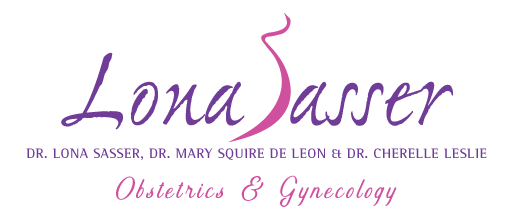Not just for painful periods or contraception, some women prefer getting an IUD to alleviate symptoms of endometriosis.
Many people use hormonal IUDs to help with painful periods, but what about getting an IUD for endometriosis? This little device can cut cramps and lighten bleeding, which is excellent news for people with endometriosis. Here we break down endometriosis and some possible treatment options.
The respected and friendly doctors at Dr. Lona Sasser Obstetrics & Gynecology are proud to be a top choice for your health care in Coral Springs and the surrounding areas. Make an appointment to discuss your options for an IUD for endometriosis.
Easily book online or call our office at (954)340-1050.
What is endometriosis?
Endometriosis is a common health problem, affecting about one in ten women of reproductive age. It is most often diagnosed in women in their thirties and forties. It can be excruciating, and there is no cure, but there is good news! Treatments are available for symptoms of endometriosis.
Endometriosis is a disease wherein the endometrium, the tissues that line the inside of the uterus, are found outside the uterus. This tissue might grow on the ovaries, fallopian tubes, abdominal organs, outside the uterus, or elsewhere in the body. Endometriosis tissue responds to changes in estrogen, just like your period.
Endometriosis can lead to painful periods, heavy bleeding, ongoing lower pelvic or back pain, and even fertility issues for some sufferers. It can also make vaginal sex, peeing, and bowel movements painful for some people. The pain from endometriosis can be subtle or extreme, but some people have no symptoms.
Endometriosis and fertility
During menstruation, the lining of your uterus sheds and causes bleeding. With endometriosis, the tissue growing outside the uterus goes through the same cycle, but since the blood can’t leave the body, it can cause swelling and pain. Sometimes, when the tissue is located outside the reproductive organs, it can cause scar tissue to build up, making organs stick together and blocking the fallopian tubes. Due to this, many sufferers of endometriosis also struggle with fertility.
Your family planning should always be part of the conversation regarding treatment. You don’t need to suffer in silence. Talk to your doctor to see whether an IUD for endometriosis is right.
Diagnosis and Treatment
If you think you have symptoms of endometriosis, speak with your doctor. They may do a pelvic exam to look for scarring or other signs of the condition. They will also discuss your symptoms in-depth to determine if more testing is necessary.
Diagnosis relies on a laparoscopy, a minor surgical procedure. During the procedure, a doctor will make a small incision in your abdomen and insert a tiny light to look for endometriosis tissue. They may also do a biopsy and send a small tissue sample to a lab. Whether you have an official endometriosis diagnosis, an IUD may help your symptoms.
IUD for endometriosis
The IUD, or intra-uterine device, is a small, T-shaped, plastic device inserted into the uterus, which can remain for some years. There are hormonal and non-hormonal IUDs. However, an IUD for endometriosis will be a hormonal IUD, which releases the hormone progestin into the uterus. This hormone is similar to progesterone, which can prevent pregnancy and help alleviate painful periods and endometriosis symptoms.
Hormonal medications help slow the growth of the endometrial tissue and may keep new adhesions from forming. If you believe you have endometriosis, talk to your doctor about whether this treatment is right for you. They can help you find the right treatment.
Compassionate, comprehensive care
The experienced and compassionate doctors at Dr. Lona Sasser Obstetrics & Gynecology are accepting new patients and would love to hear from you. Your health is our top priority. Contact us to schedule your appointment today.
You can easily book online or call us at (954) 340-1050.
Photo by Sora Shimazaki

